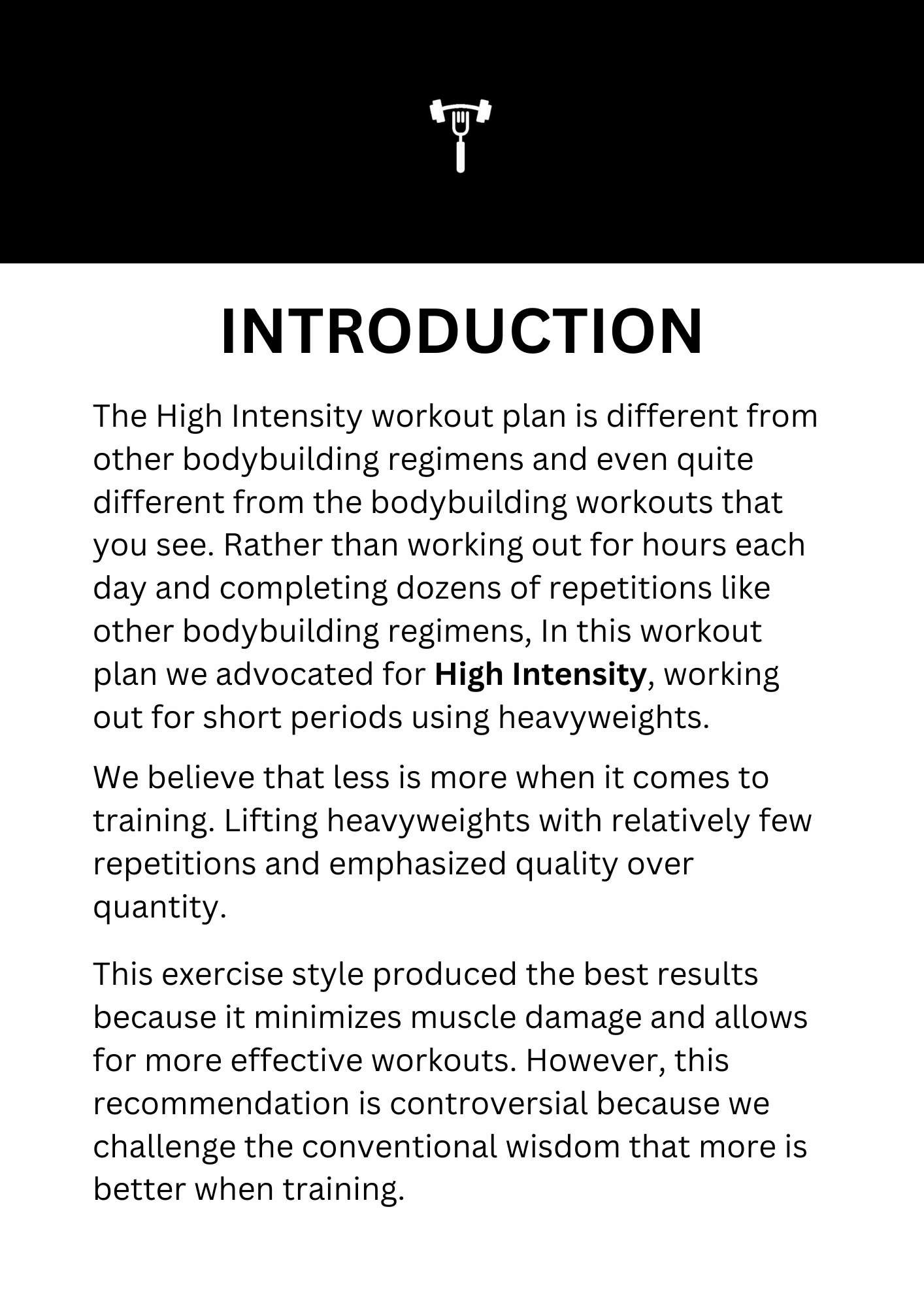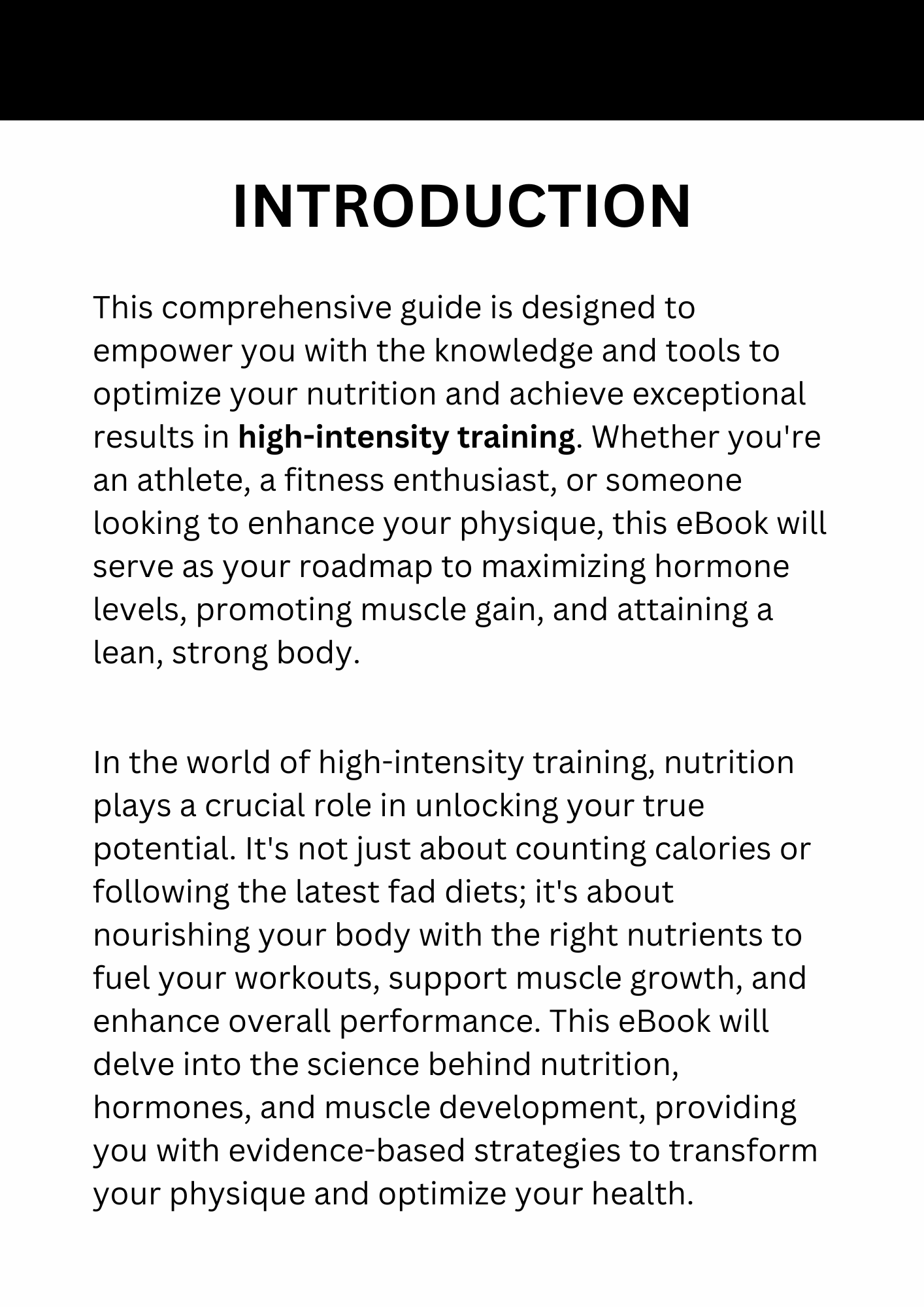The Colorado Experiment: Can You Really Gain 63 Pounds of Muscle in 28 Days?
 In the world of bodybuilding and strength training, few stories spark as much debate as the Colorado Experiment. Conducted in 1973, this high-intensity training (HIT) study promised revolutionary results: massive muscle gains from just a handful of ultra-short workouts. At its core was Arthur Jones, the inventor of Nautilus machines, and Casey Viator, a young bodybuilding prodigy. But was it a breakthrough in muscle-building science or a clever marketing stunt? In this deep dive, we'll explore the individuals involved, the exact training methods used, the jaw-dropping results, and the ongoing controversies that keep fitness enthusiasts arguing decades later.
In the world of bodybuilding and strength training, few stories spark as much debate as the Colorado Experiment. Conducted in 1973, this high-intensity training (HIT) study promised revolutionary results: massive muscle gains from just a handful of ultra-short workouts. At its core was Arthur Jones, the inventor of Nautilus machines, and Casey Viator, a young bodybuilding prodigy. But was it a breakthrough in muscle-building science or a clever marketing stunt? In this deep dive, we'll explore the individuals involved, the exact training methods used, the jaw-dropping results, and the ongoing controversies that keep fitness enthusiasts arguing decades later.
If you're searching for high-intensity training techniques, rapid muscle gain strategies, or insights into Arthur Jones' legacy, this article uncovers the facts—and the myths—behind one of fitness history's most infamous experiments.
Who Was Arthur Jones? The Visionary Behind High-Intensity Training
Arthur Jones wasn't just a fitness guru; he was a disruptor. Born in 1926, Jones founded Nautilus Sports/Medical Industries in the late 1960s, revolutionizing gym equipment with his innovative machines. Unlike traditional free weights like barbells and dumbbells, Nautilus devices used curved cams to provide variable resistance, matching the body's natural strength curve for more efficient muscle targeting.
Jones was a fierce critic of volume-based training—the long, multi-set routines popular in bodybuilding at the time. He championed high-intensity training (HIT), arguing that brief, all-out efforts to muscular failure were superior for building strength and size. His philosophy:
Train hard, train short, recover fully. The Colorado Experiment was Jones' ultimate proof-of-concept, designed to showcase Nautilus' superiority and silence skeptics.
Jones didn't just theorize—he tested his ideas personally. As we'll see, he even stepped in as a subject to validate his methods.
Meet Casey Viator: The 19-Year-Old Mr. America with a Twist
Casey Viator was the star of the show, and for good reason. At just 19 years old, he became the youngest Mr. America winner in 1970, a title that cemented his status as a genetic freak in bodybuilding circles. Standing 5'8" with a compact, powerful frame, Viator had already built an impressive physique through traditional training.
But life threw a curveball. In 1971, Viator suffered a near-fatal reaction to an anti-tetanus injection after a construction site accident, leading to severe muscle wasting. Over two years of recovery, he lost more than 30 pounds of muscle, dropping from a competition-ready 200+ pounds to around 135 pounds. This deconditioned state made him the perfect candidate for Jones' experiment—not a total beginner, but someone with "muscle memory" primed for rapid rebound.
Viator's role? To rebuild under Jones' watchful eye, proving HIT could accelerate gains like never before. His youth, genetics, and prior training base were key factors in the results, but they also fuel much of the controversy today.
Dr. Elliott Plese: The Scientific Overseer
No fitness experiment is complete without a touch of academia, and Dr. Elliott Plese provided that. As the Director of the Exercise Physiology Lab at Colorado State University, Plese supervised the study to ensure scientific rigor. His team handled measurements like hydrostatic weighing (underwater body composition analysis), anthropometric assessments (skin folds and girths), and strength tests.
Plese's involvement lent credibility, but critics later questioned the methods' precision. Still, his oversight helped document the changes in a controlled university setting.
The Setup: Where and Why the Colorado Experiment Happened
The stage was set in May 1973 at Colorado State University's Physical Education Department in Fort Collins. Jones chose this neutral, academic environment to avoid accusations of bias. The goal? To demonstrate that Nautilus-based HIT could produce unprecedented muscle hypertrophy in minimal time—challenging the multi-hour gym sessions of the era.
Viator arrived weighing 167.21 pounds at 13.8% body fat. Jones joined later as a secondary subject. Both followed a strict protocol, monitored 24/7, with no outside interference.
Training Methods: The High-Intensity Protocol That Shocked the World
What made the Colorado Experiment revolutionary was its simplicity and brutality. Forget endless sets and reps—this was pure intensity. Here's a breakdown of the methods:
Workout Frequency and Duration
- Sessions: 14 total workouts over 28 days (every other day for Viator; Jones did fewer).
- Length: Each session lasted 20-30 minutes—total training time under 8 hours for Viator.
- Rest: Full recovery between workouts, emphasizing Jones' belief that overtraining was the enemy of progress.
Trainees used about 20 Nautilus machines, targeting major muscle groups with compound, multi-joint movements. Key principles included:
- One Set to Failure: Only one working set per exercise, performed to absolute muscular failure (where no more reps are possible).
- Negative Emphasis: Extra focus on the eccentric (lowering) phase of reps, which Jones claimed triggered greater growth.
- Progressive Overload: Weights increased as strength improved, ensuring constant challenge.
- Full Range of Motion: Nautilus cams allowed smooth, complete reps without momentum.
Viator's sessions followed a full-body split, rotating emphasis but hitting everything frequently. A typical day might include:
- Leg Press: 1 set of 8-12 reps to failure (negative-focused).
- Leg Curl/Extension: 1 set each.
- Calf Raise: 1 set.
- Bench Press: 1 set.
- Pullover (back/chest): 1 set.
- Rowing Machine: 1 set for lats and mid-back.
- Shoulder Press/Lateral Raise: 1 set each.
- Bicep Curl/Tricep Extension: 1 set each.
- Neck and Grip Work: Light finishers.
Nutrition: Fueling the Gains
Training alone doesn't build muscle—food does. Viator consumed 3,600-4,000 calories daily across six meals, high in protein (around 1g per pound of body weight). Staples included:
- Lean meats (chicken, beef).
- Eggs and dairy.
- Complex carbs (rice, potatoes).
- Veggies and healthy fats.
The Results: 63 Pounds of Muscle? Breaking Down the Numbers
The numbers were staggering—and still are. After 28 days:
Jones himself gained 15.42 pounds of muscle in 22 days with 7 workouts, focusing on upper body.Hydrostatic weighing confirmed the shifts, with photos showing Viator's dramatic transformation from skinny to shredded.
|
Metric
|
Casey Viator (Start)
|
Casey Viator (End)
|
Change
|
|---|---|---|---|
|
Body Weight
|
167.21 lbs
|
212.15 lbs
|
+45 lbs
|
|
Body Fat %
|
13.8%
|
2.8%
|
-11% (lost ~18 lbs fat)
|
|
Lean Body Mass
|
144.2 lbs
|
206.2 lbs
|
+63.21 lbs muscle
|
|
Strength (e.g., Leg Press)
|
Baseline
|
Doubled+
|
Massive increases
|
Controversies and Criticisms: Why the Colorado Experiment Divides Fitness Experts
For every fan, there's a skeptic. The experiment's legacy is as much about hype as hypertrophy. Here's why:
Muscle Memory vs. True Beginner Gains
Viator wasn't starting from zero—he was rebounding from atrophy. Jones admitted this "handicap" amplified results, but critics argue it invalidates comparisons to novices. Rebuilding lost muscle is easier than building new.
Steroid Allegations
Rumors persist that Viator used anabolic steroids throughout, despite denials from Jones, Viator, and associate Ellington Darden. Strength coach Bill Starr claimed Viator confessed to "sneaking" doses and extra YMCA workouts. Contemporaries like Dave Draper echoed this. No proof exists, but the era's lax testing fuels doubt.
Measurement Accuracy
Hydrostatic weighing can fluctuate due to hydration or glycogen. Some say Viator's pre-experiment "dehydration" (losing 18 lbs quickly) inflated net gains. Jones countered that true muscle increase was still over 45 lbs.
Marketing Ploy?
Jones had skin in the game—Nautilus sales skyrocketed post-experiment. A 1975 West Point follow-up showed solid but less extreme gains, suggesting the original was cherry-picked.Ellington Darden, in a 2010 revisit, defended the core findings but urged focusing on principles over hype.
Legacy: How the Colorado Experiment Shapes Modern Training
Love it or hate it, the experiment popularized HIT, influencing Mike and Ray Mentzer, Dorian Yates, and today's brief-workout advocates. It sparked debates on intensity vs. volume that echo in programs like 5x5 or Starting Strength.
For everyday lifters, takeaways include:
- Prioritize recovery.
- Train to true failure occasionally.
- Use progressive overload wisely.
Final Thoughts: Inspiration or Cautionary Tale?
The Colorado Experiment remains a fitness enigma—proof of human potential or a lesson in skepticism? Arthur Jones and Casey Viator pushed boundaries, reminding us that intensity can yield big results. Yet, in an era of evidence-based training, it's a reminder to question extraordinary claims.
Curious about trying HIT? Start slow, track progress, and consult a pro. What's your take—game-changer or gimmick? Drop a comment below!
Sources: Wikipedia, BarBend, Men's Health, Physical Culture Study, and historical Nautilus reports.




